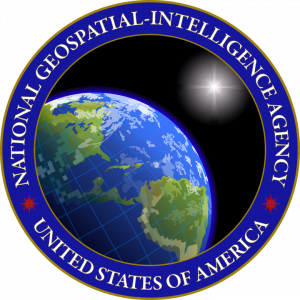
Geospatial
When the National Geospatial-Intelligence Agency announced its intention to build a $1.75 billion headquarters in St. Louis, the region enthusiastically doubled down on the geospatial sector. The creation of the STL GeoFutures Initiative brought together public, private, education and government entities with a shared commitment to inclusion and equity. Their collaboration led to the GeoFutures Strategic Roadmap, a single collective approach to shaping St. Louis into a global hub of geospatial technologies by 2030.
This vision is well underway. A full geospatial ecosystem is shaping the sector from talent pipeline to synergistic alignments with major industry sectors, like agtech and mobility and transportation. The first-of-its-kind Taylor Geospatial Institute, housed at Saint Louis University, advances geospatial science through the collaboration of eight of the Midwest's leading research institutions. In addition to the NGA, major geospatial employers like Maxar and Leidos are locating offices here. Funders like Arch Grants and Cultivation Capital are deliberately creating geo-focused funding opportunities. And incubators offer space, services and support for entrepreneurs. T-REX, for example, houses a Geospatial Innovation Center alongside Moonshot Labs, a collaboration with the NGA — the first ever unclassified innovation space for NGA professionals to work with community colleagues.
St. Louis is clearing the way for the future of geospatial — and the businesses that have the tenacity and vision to evolve alongside it.
$1.75
amount the NGA is investing in its new west headquarters in North St. Louis City
$5 Billion
The geospatial industry produces a large and growing impact on the region
10,600+
People employed in geospatial-related occupations in the St. Louis region






